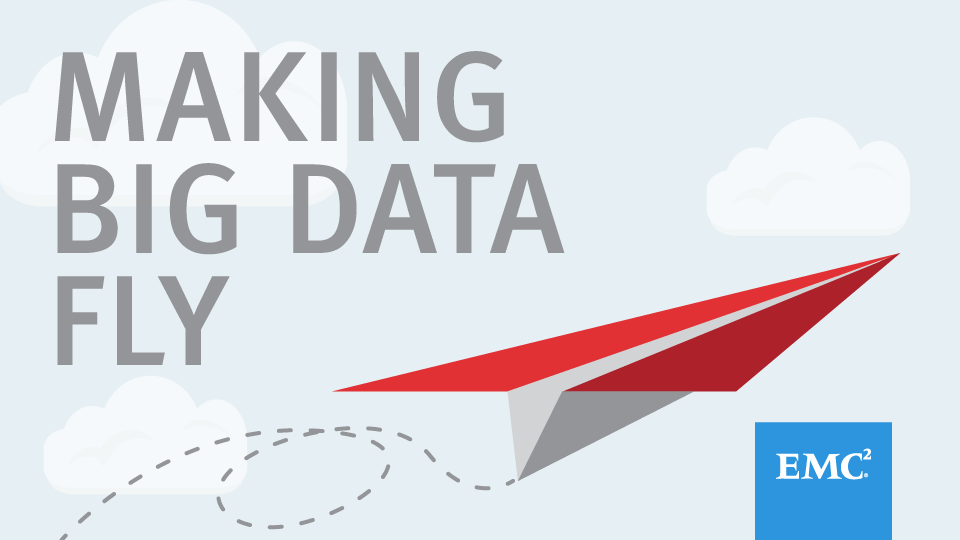In my previous post, we discussed the three step transformation roadmap—a recipe for big data nirvana. Wearing my big data hat, an entrepreneur’s heart, and a problem solving intent, here are a few ideas to see the map in action.
The airline industry has gone through many cycles, innovations, and disruptions both internal and external. Whatever the path or experiences, most airlines use complex ticket-pricing systems to maximize revenue. In addition to the topline, big data can improve the bottom-line through some innovative transformations.
gone through many cycles, innovations, and disruptions both internal and external. Whatever the path or experiences, most airlines use complex ticket-pricing systems to maximize revenue. In addition to the topline, big data can improve the bottom-line through some innovative transformations.
But wait, what if we could maximize revenue and minimize costs while improving customer experience and maybe taking a step toward developing loyalty. Algebraically, this is just solving for three variables at a time—a true big data challenge.
Explore: The first step in this transformation is simply the art of the possible. Wearing my data scientist hat, I ask the following top-level questions:
- Can we improve customer experience while we improve profitability?
The answer in my mind is yes. If we can complement revenue maximization with efficiently transporting passengers to their destination, we would achieve this goal. This brings us to the next question. - What data points do we have to help us achieve this objective?
We know where the passenger starts, where the passenger intends to go, the preferred time between the start and destination. The problem now is driving efficiency in executing the transport.
For this example, let’s look at my itinerary from Seattle to Brussels:
- Out: Seattle to Washington, D.C., to Brussels
- Back: Brussels to Frankfurt to Seattle.
On my way out, the Seattle to Washington, D.C., flight was overbooked, and they were announcing a $300 credit for passengers to give up their seats—a negative impact on the bottom-line that is absolutely actionable.
Optimize: Do we stop there? How about a complete process reengineering to rebook passengers based on segment demand. Now the key relevant question becomes:
- Can optimizing the journey from start to destination reduce costs?
Now that the airline has gotten the best share of the wallet, if minimizing costs are feasible, it’s criminal not to do so. - What impact will this have on customer experience?
This is a hard one, but there are situations where it’s going to be positive.
Coming back to my example, I found myself close to the counter and overheard several passengers that had connections in Washington, D.C., but their final destination was someplace else. In this particular instance the airline was incurring a $300 credit, costs for staff time at the gate, and several standby passengers’ dissatisfaction at not making it to their destination. Would eliminating the $300 airline credit, transporting passengers at the most cost efficient tier, and freeing up associates time add to the bottom-line? Yes.
Transform: Improving the passenger experience is a major benefit. Imagine adapting this process in near real-time and being able to provide options to customers and prospects. One quick text or option during check-in to upgrade to a direct flight leaving an hour after my currently scheduled flight is a no brainer. Do the airlines know I am a corporate traveler? Yes. Do they know the cost policy for my company? Yes. Do they know my start and end points? Yes. And can they convert me into a loyal customer? Absolutely. What can be more transforming than that?
This airline example shows how simple yet powerful a transformation powered by Big Data can be. Results which may have appeared impossible to achieve can be produced by following these simple steps in a strategic manner.